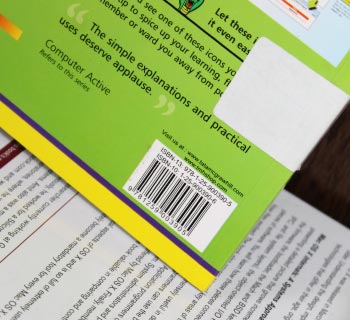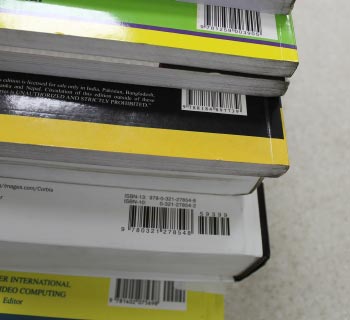
Information Of Publisher Barcode
The ISBN is a unique numeric identifier assigned to each edition and variation of a book. It is typically a 13-digit number, although older books may have a 10-digit ISBN. The ISBN is used by booksellers, libraries, and other organizations to identify and track books.
↠ A publisher's barcode typically includes the book's ISBN (International Standard Book Number) and a unique 5-digit extension that identifies the book's edition and format.
↠ The 5-digit extension of the barcode is called the EAN (European Article Number) or UPC (Universal Product Code) . This extension helps identify the specific edition and format of the book, such as hardcover, paperback, or ebook. It also allows retailers to track sales of the book and manage inventory.
↠ In addition to the ISBN and EAN/UPC, a publisher's barcode may also include other information such as the book's price, country of origin, and the publisher's name and logo.

